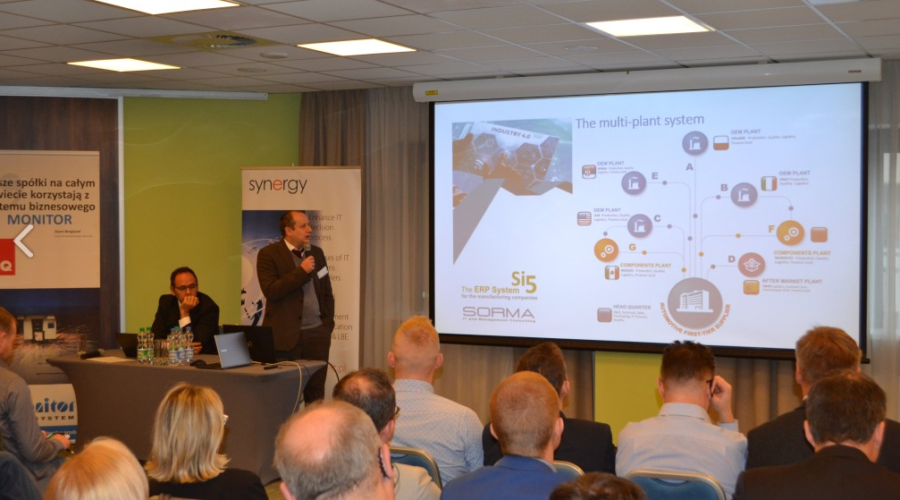
The introduction and the spread of modern information systems have involved a very strong modification in the management procedures. We used to know environments in which the management was based on the employees’ total mastery on the logic that regulates the range of procedures, on the knowledge of the life history of all the products, on the memory of each product’s specific features; now, we are in front of an environment in which the management results to be more depersonalized and less dependent from the management life of the several products.
Undoubtedly, there have been considerable improvements regarding the information exactness, the elaborative logics sophistication, the procedures’ visibility and clearness, as well as a larger sharing of data among the different areas of a company.
Beside these benefits it has emerged a series of contraindications that is important for companies to take into account, under pain of making fruitless many of the benefits that the new systems can determine.
Among them, we would like to remind:
- The outstripping from the functioning logics of the subsystems that form part of the information system.
- The delegacy to the information systems of the choosing criteria, even including the strategic choices
- A certain kind of laziness during the analysis of the variables that fractionate a process in view of its optimization, with its delegacy directly to the system
- The incapacity of completing the analysis of an industrial phenomenon by placing side by side the objective parameters (and the pseudo-objective ones pertaining to the information system) and the not yet codified whole of sensation and information that the worker can have gathered and interiorized.
- The progressive decreasing of the capability of facing the unexpected situations.
In brief
To synthetize, it is possible to think that in the earlier phase of the information systems’ life there has been a sort of inebriety regarding their omnipresence and omnipotence, with a consequent forgetfulness about the essential role that the worker must always practice in the company management, as well as a compression of the information system into a rigidity that often appears to be excessive.
In order to understand better this aspect we shall think about all those activities and products handled by the company but that were not created by it, that have not experienced at their birth a suitable technical and planning process and that do not present a utilization level that could justify the effort in creating the data framework indispensable to activate the computerized management.
Managing the life cycle of a product within an information system involves a waste of energies that could appear to be unjustified and/or expensive in case of objects with a low use frequency and/or scanty volumes.
It is sufficient to consider that, in order to treat a part of internal source (FAB) into the information system it is necessary to codify it, to define its identification data, to determine its operational data, to prepare the
product configuration, to give a picture of the production process and to define the handling floods, whilst to treat a part of external source (ACQ) it is enough to analyze and codify the provisioning process.
The solution

The solution that is usual to adopt is considering the information system architecture as an untouchable and unmodifiable one, by adapting the management on this architecture. Such architecture is based on the axiom that the information system is able to treat only those objects that have previously sustained a coding process and that are provided with its own identification, which is the access key to the system and is indispensable in order to achieve the subsequent management.
On the contrary, the identification and coding of item and performances that are very marginally used within the information system is really onerous and lacking in an actual return, especially if the relation with its use frequency is taken into account. So, it is usual to adopt always the same solution: that of non-coding the individual objects, but to assign the same code to different objects (that are in a way well-blended each other).
It’s in that way that the item “dustbin”, the item “dot” and the item “semicolon” and so on had born. That is to say that they had invented a series of containers and consequently of codes in which a series of items had been forced to converge as well as




